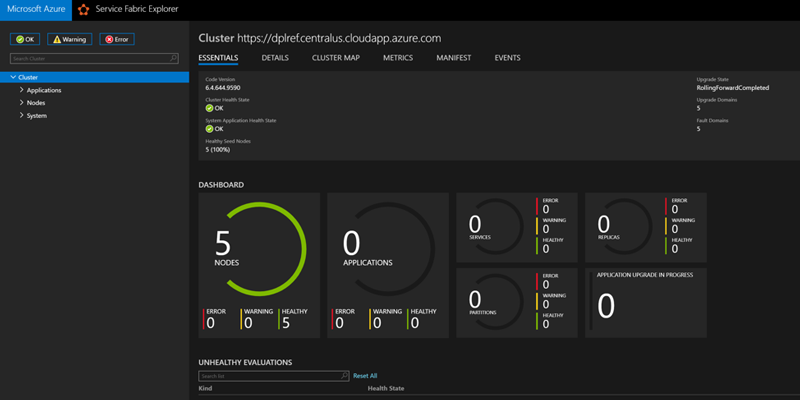Category: Software Development Tips & Tricks

Super Easy Azure Function Deployments with DevOps
Azure Functions are pretty cool and, from the perspective of an Azure .NET developer, they are almost the perfect place to drop some code. They are basically stateless services in the cloud. What else could you want? Azure DevOps is Microsoft’s solution for hosting software projects in the cloud. We use it for almost everything…
Read more…

Azure API Management
For much of the work we do, we end up with APIs in the cloud. In the .NET world, this often means hosting a WebAPI in the cloud. With WebAPIs, we usually have endpoints that are accessible to anyone who can connect to the API. These APIs can have other requirements such as authentication, scalability,…
Read more…

Setting Up Mobile Badges: Two Methods
We all know those badges on mobile applications, the ones that show a number on application icons and, for many, cause anxiety. If you are like me and get lots of emails, you have seen 300+ of them from time to time. But what many don’t know is how those badges get their numbers. While…
Read more…

MemoryStream Limits: Handling Large Files in Azure with Blob Storage Streaming
We recently deployed a new feature to a website running in Azure App Services to combine multiple files uploaded by users into a single large ZIP file. After deploying to production, we started seeing “Out of Memory” exceptions for one of our users. Our first instinct was that our smaller front-end web servers didn’t have…
Read more…

Quick Look – Azure Functions
Azure Functions are an excellent and highly-scalable application development platform in the Azure ecosystem. They also provide a lot of triggers that can be used to invoke those Functions, which allows you to use them as the basis for your application programming. For Amazon Web Services (AWS) developers, Azure Functions are very similar to Lambdas….
Read more…

Using Azure Active Directory B2C with Angular
In my previous Azure B2C post, we used Azure Active Directory B2C with an ASP.NET backend. Microsoft makes this a pretty seamless experience. You configure your Azure B2C application and then configure your ASP.NET web application. That’s it! But what if you want to use an Angular frontend? Using Azure B2C with Angular is similar…
Read more…

Provisioning Your First Azure Service Fabric Cluster
In preparation for an upcoming user group presentation about the benefits of the Service Fabric programming model, I needed to stand up a new cluster in Azure and deploy our demo application to it. Microsoft provides lots of great articles to help with this task, but I had to collect a lot of information to…
Read more…

Developing Locally with Azure Cosmos DB
Azure Cosmos DB is a fantastic technology. It provides a very robust document database with multiple query languages supported. But as with many cloud technologies, it has the problem of only being able to run from the cloud (obviously). Thankfully, some cloud technologies – like Cosmos DB – can be run on the ground, on…
Read more…

Getting Started with Azure B2C Identity Management
Users are essential for software, but managing users isn’t a unique value-add we are often providing with our software. Letting someone else manage users for us makes a lot of sense and saves many headaches. Thankfully there are many services that do this really well. One of those services is Azure Active Directory B2C. In…
Read more…

Setting Up iOS Push Notifications for Amazon Simple Notification Service (SNS)
iOS push notifications are often a requirement for mobile applications. But this feature isn’t easy to set up. It involves several steps across various applications, online and locally. And if you’re developing for multiple platforms (i.e., iOS and Android), you can be in for even more work. But with Amazon’s Simple Notification Service (SNS), you…
Read more…